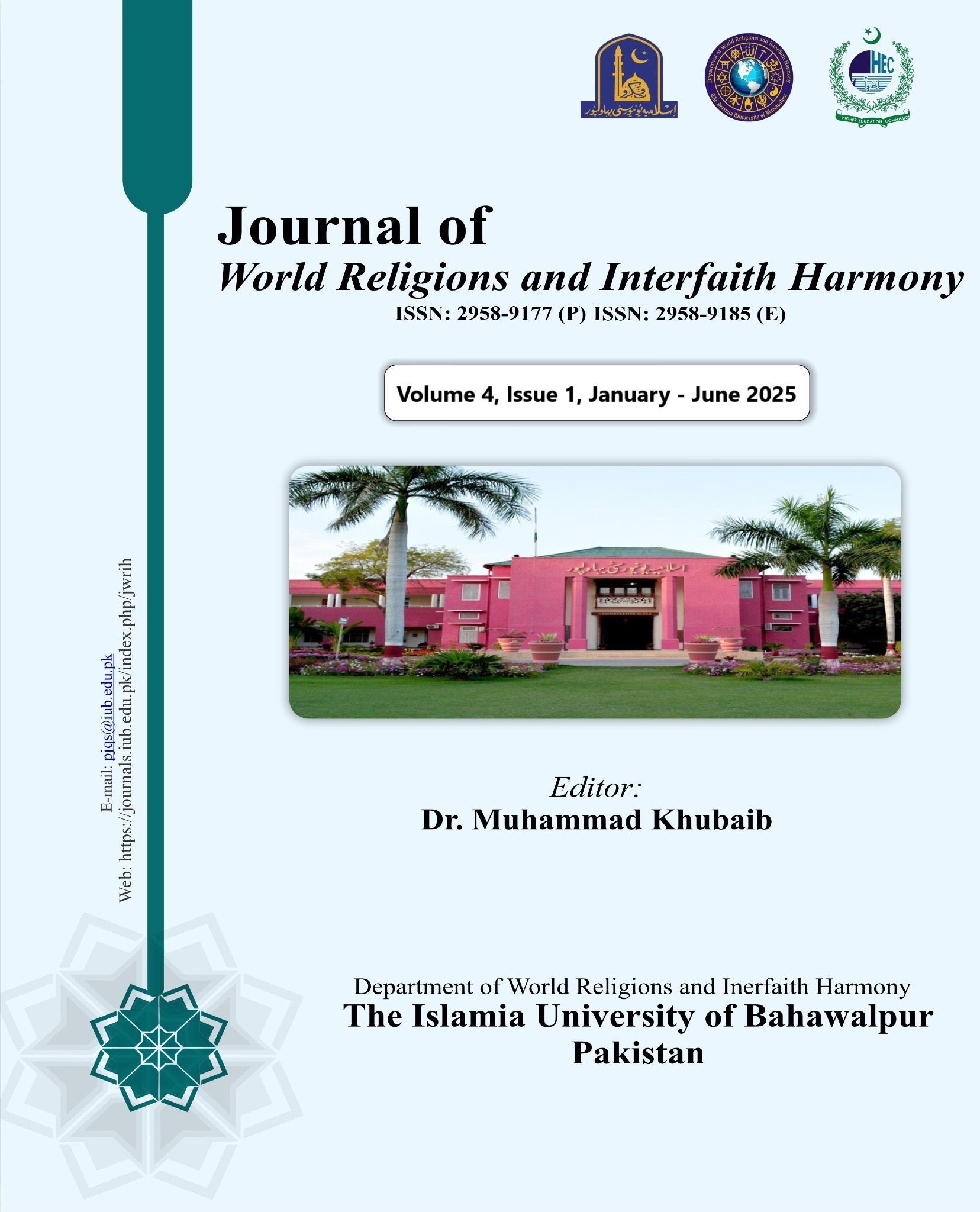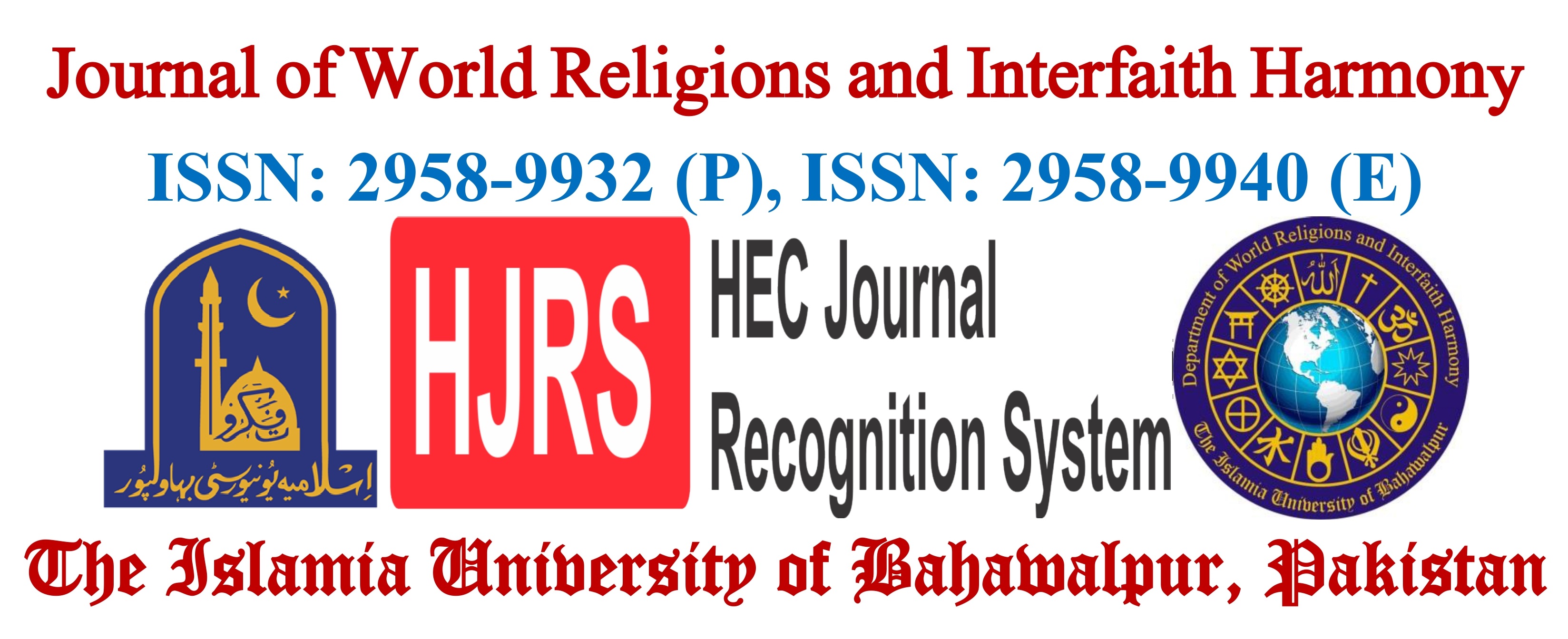Analytical Study of Major Themes of the Bhagavad Gita
Abstract
The Bhagavad Gita, a sacred Hindu scripture, offers profound philosophical and spiritual guidance through a dialogue between Prince Arjun and Lord Krishn on the battlefield of Kurukshetra. This study explores its major themes, categorizing them into three primary paths: Karm Yog (selfless action), Bhakti Yog (devotion), and Gyaan Yog (knowledge). The Gita emphasizes duty (swadharm), selfless action (Nishkama Karm), detachment (vairagya), and renunciation (sannyasa) as fundamental principles for ethical living and spiritual growth. It underscores the importance of controlling the mind and senses, practicing meditation (Dhyan Yog), and cultivating devotion (Bhakti) as a means of attaining divine realization. The scripture further explores the nature of God (Ishvar), the eternal self (Atman), the cycle of birth and death (samsaar), and the pursuit of ultimate liberation (moksh). The influence of the three gunas (sattva, rajas, tamas) on human behavior and decision-making is examined, along with the essential role of faith (shraddha) and a spiritual master (satt-guru) in guiding seekers toward self-realization. The Gita’s revelation of the universal form (Vishvaroop) highlights the interconnectedness of all existence and the supremacy of divine wisdom. By integrating philosophical depth with practical teachings, the Bhagavad Gita provides a timeless framework for personal transformation, ethical conduct, and spiritual enlightenment. Its principles transcend religious boundaries, offering universal guidance on living a life of righteousness, devotion, and self-awareness.
Downloads
Published
How to Cite
Issue
Section
License
Copyright (c) 2025 Dr. Sabir Naz, Junaid Rashid

This work is licensed under a Creative Commons Attribution-NonCommercial 4.0 International License.






